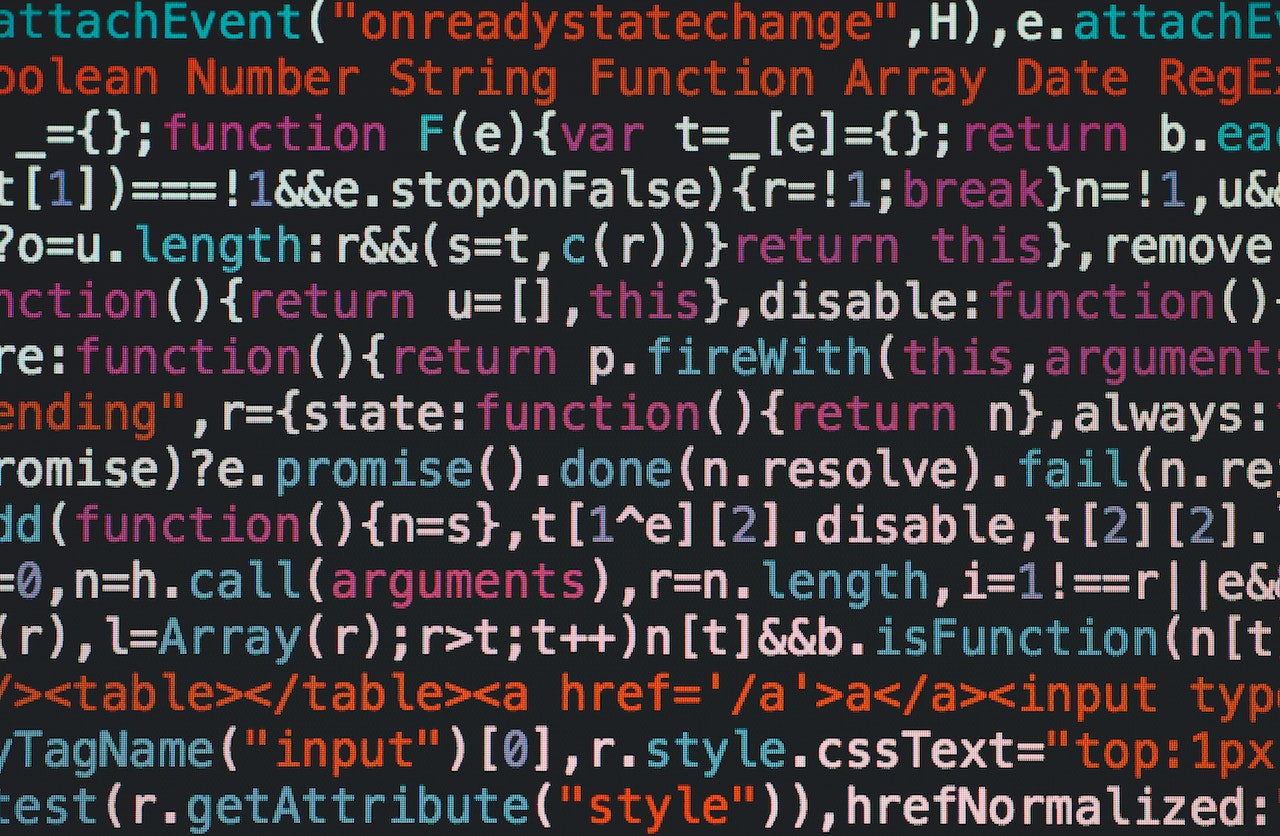Was ist Ensemble Learning?
Published

Ensemble learning is a technique in machine learning that combines multiple models (ensemble) to achieve better predictive performance. The goal of ensemble learning is to minimize the weaknesses of individual models by combining them into an ensemble, which typically results in greater accuracy and stability.
There are different approaches to ensemble learning, such as bagging, boosting, stacking and random forest. In the bagging approach, multiple models are trained independently and their results are combined. In the boosting approach, on the other hand, the models are trained sequentially and each model tries to correct the errors of the previous model. Stacking involves training multiple models and using their predictions as input to another model to make a final prediction. Random Forest is a special approach to bagging in which decision trees are trained on various randomly selected subsets of the training data.
Ensemble learning is used in many applications of the Machine Learning used, such as in the area of image recognition, text classification and voice recognition .
What is ensemble learning not suitable for?
Ensemble learning is not suitable for all applications. For example, it may be difficult to train an ensemble model if the data set is too large or if the data contains high outliers. Even if the data is very simple, ensemble learning may not always be the best choice as simple models may be sufficient and ensemble models may become unnecessarily complex. Finally, ensemble learning can also require higher computational power than other methods, which can be a hindrance in some applications.
What is the difference between Ensemble Learning and Deep Learning?

Those : educba.com

Those : towardsdatascience.com
Ensemble Learning und Deep Learning are fundamentally different approaches to this machine learning .
Ensemble learning refers to combining multiple models to make a prediction. The idea is that combining multiple models typically results in better predictions than a single model alone. The different models can be based on different algorithms or parameters and can better capture different aspects of the data. Ensemble learning is often used for classification and regression problems.
Deep learning, on the other hand, refers to a special type of artificial neural networks that consist of many layers of neurons. These networks can process an enormous amount of data and detect complex patterns in the data. Deep learning is often used for image and speech recognition, text analysis and robotics.
In summary, ensemble learning focuses on combining multiple models to make a better prediction, while deep learning focuses on using complex neural networks to automatically recognize patterns in the data.








